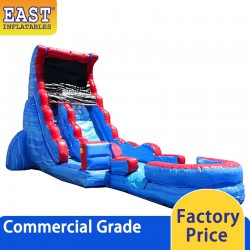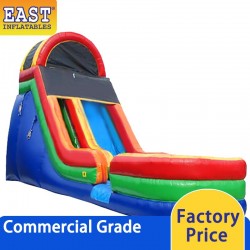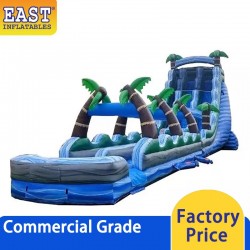
The best material for inflatables depends on the specific application and requirements. Different materials offer varying levels of durability, flexibility, and resistance to wear and tear.

1PVC (Polyvinyl Chloride): PVC is one of the most commonly used materials for inflatables. It is durable, flexible, and resistant to abrasion and punctures. PVC inflatables are typically easy to clean and maintain. They are also lightweight and offer good air retention properties.
2TPU (Thermoplastic Polyurethane): TPU is another popular material for inflatables. It is known for its high strength, elasticity, and resistance to oils, chemicals, and UV rays. TPU inflatables tend to be more expensive than PVC inflatables but offer enhanced durability and tear resistance.
3Vinyl: Vinyl is a versatile material used for various types of inflatables. It is strong, waterproof, and resistant to UV rays. Vinyl inflatables are often used for water toys, pool floats, and air mattresses.

4Nylon: Nylon is a lightweight and durable material commonly used for inflatable kites, inflatable boats, and some outdoor inflatables. It offers good resistance to tearing and abrasion. Nylon inflatables may require additional coatings or treatments to make them airtight.
5Hypalon: Hypalon is a synthetic rubber material known for its excellent resistance to chemicals, UV rays, and extreme temperatures. It is commonly used for inflatable boats, rafts, and other water-related inflatables. Hypalon inflatables tend to be more expensive but offer superior durability.
When choosing the best material for your specific inflatable, consider factors such as the intended use, durability requirements, exposure to sunlight or water, and budget. It's also essential to consider the manufacturer's recommendations and quality standards when selecting an inflatable made from a particular material.



